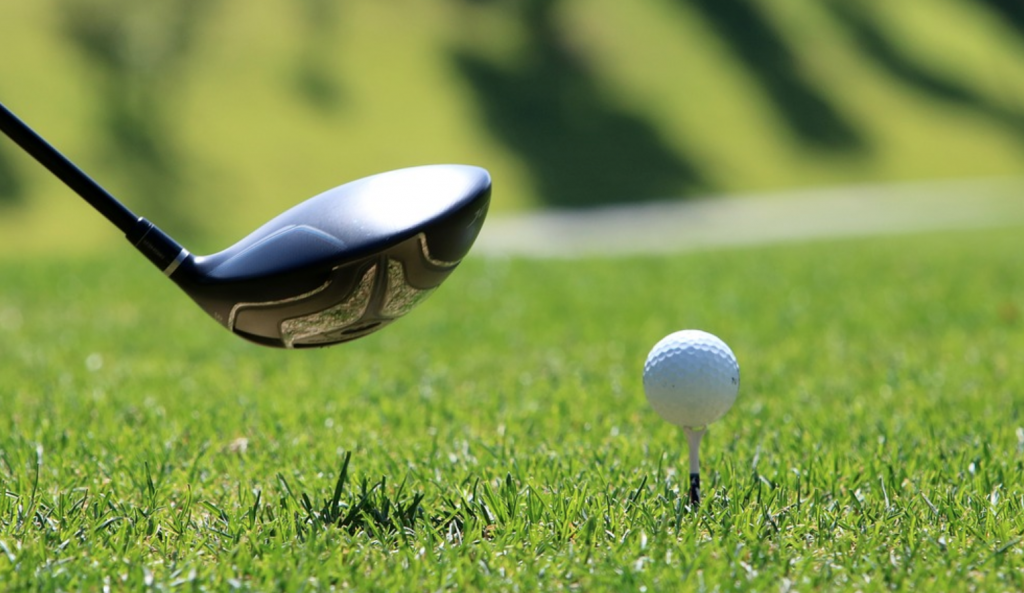
Golf’s rulesmakers’ plans to stop 350-yard drives becoming the norm in tour golf took a step forward today when the R&A and the USGA issued a joint statement outlining their plans to curb equipment performance and prevent some of the game’s most iconic courses from becoming obsolete.
The results of the Driving Distance Report for 2020, which measures the average drives of players across all the main professional tours for men and women, which was also published today, will provide plenty of ammunition for those that believe that driving distances are getting out of hand – among the paid ranks at least.
On holes where a driver was used by most players, some 22% of competitors on the European Tour were able to drive their ball over 320 yards in 2020, up from just 14% of players in 2019. Average driving distances on the European Tour also jumped significantly, rising from 295 yards in 2019 to 302 yards in 2020 – an increase of 7 yards (+2.34%), while the PGA Tour saw average distances rise from 293 to 296 yards in the same period (+1.06%). Average driving distances on the European Tour have increased by over 15 yards since 2003, and by over 10 yards on the PGA Tour.
In order to put the brakes on further increases, and even possibly roll back the numbers, the R&A and USGA have put forward a number of proposals in areas in which equipment might be subject to tighter governance. These include restricting driver shaft lengths to a maximum of 46 inches (from 48); the introduction of a new set of test parameters on all new clubs and balls; and implementing local rules for elite level competitions that that would specify use of specific clubs and/or balls intended to result in shorter hitting distances.
The proposals were sent out to equipment manufacturers yesterday (Feb 1) and will now be subject to several months scrutiny and debate before any firm decisions are made. The process could well take years, especially given that many leading golf equipment companies are already working on designs for launches in 2022 and beyond.
While these proposed changes are unlikely to affect most club golfers, they may well have an impact on the professional game and in the elite amateur ranks, making the likelihood of a bifurcation of the equipment rules ever more likely, with pros playing under a one set of rules and club golfers another.
For now, however, it seems that golf’s rules bodies have no plans to stop the average hacker from hitting it as far as they can. While no new data was gathered on recreational golfers during 2020, the Driver Distance Report indicates that distance achieved by the average handicapper has gone down by one yard since 2005 to 216 yards. So any rule that would potentially take distance away for amateur golfers would be easy for equipment manufacturers to argue against.
The R&A’s summing up of the report may offer some comfort to those worried about their ‘big dogs’ no longer being able to bark so loudly. It noted: “It is not currently intended to consider revising the overall specifications in a way that would produce substantial reductions in hitting distances at all levels of the game.” Note the word ‘substantial’.
You can read more about the proposals for the Distance Insights Project on the R&A website, while the 2020 Driving Distance Report can be downloaded here.



